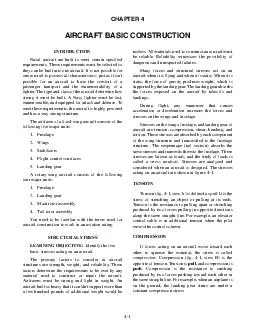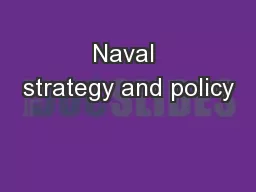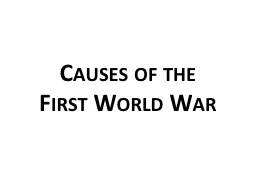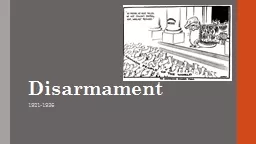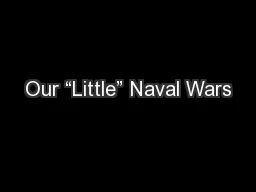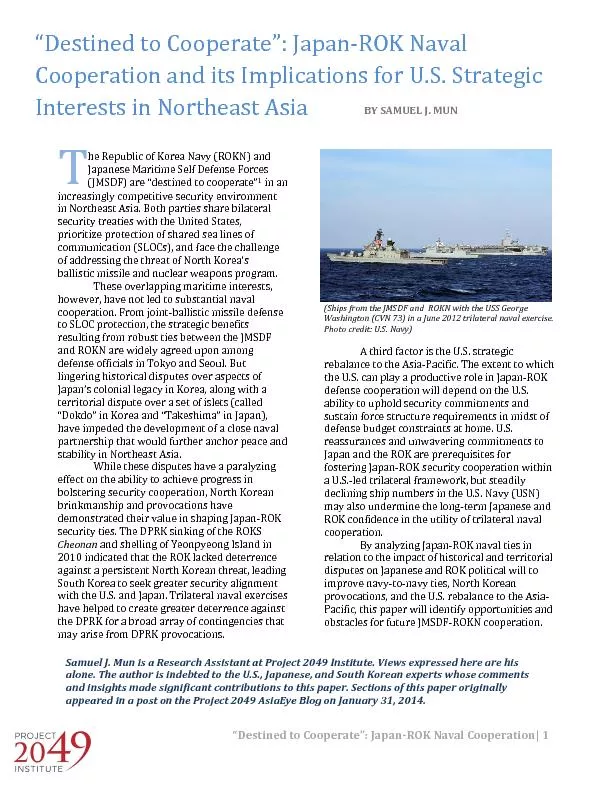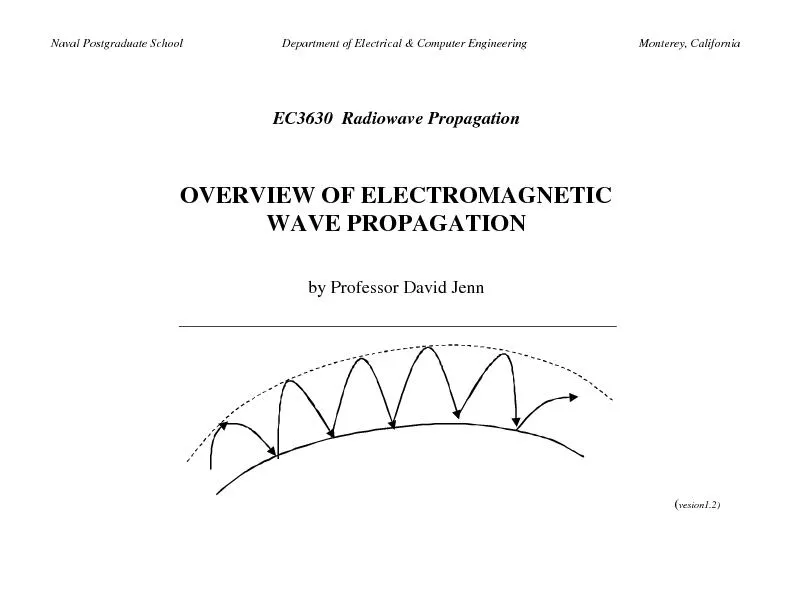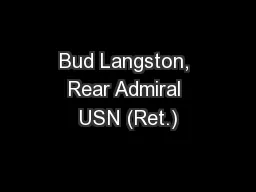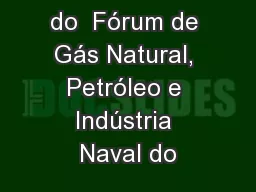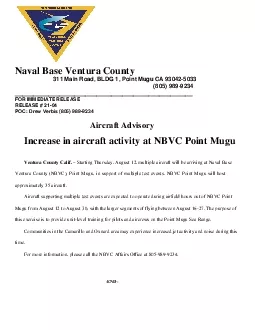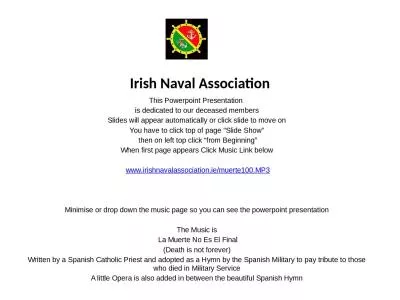PDF-CHAPTER AIRCRAFT BASIC CONSTRUCTION INTRODUCTION Naval aircraft are built to me
Author : yoshiko-marsland | Published Date : 2014-10-01
These requirements must be selected so they can be built into one aircraft It is not possible for one aircraft to possess all characteristics just as it isnt possible
Presentation Embed Code
Download Presentation
Download Presentation The PPT/PDF document "CHAPTER AIRCRAFT BASIC CONSTRUCTION INT..." is the property of its rightful owner. Permission is granted to download and print the materials on this website for personal, non-commercial use only, and to display it on your personal computer provided you do not modify the materials and that you retain all copyright notices contained in the materials. By downloading content from our website, you accept the terms of this agreement.
CHAPTER AIRCRAFT BASIC CONSTRUCTION INTRODUCTION Naval aircraft are built to me: Transcript
Download Rules Of Document
"CHAPTER AIRCRAFT BASIC CONSTRUCTION INTRODUCTION Naval aircraft are built to me"The content belongs to its owner. You may download and print it for personal use, without modification, and keep all copyright notices. By downloading, you agree to these terms.
Related Documents

